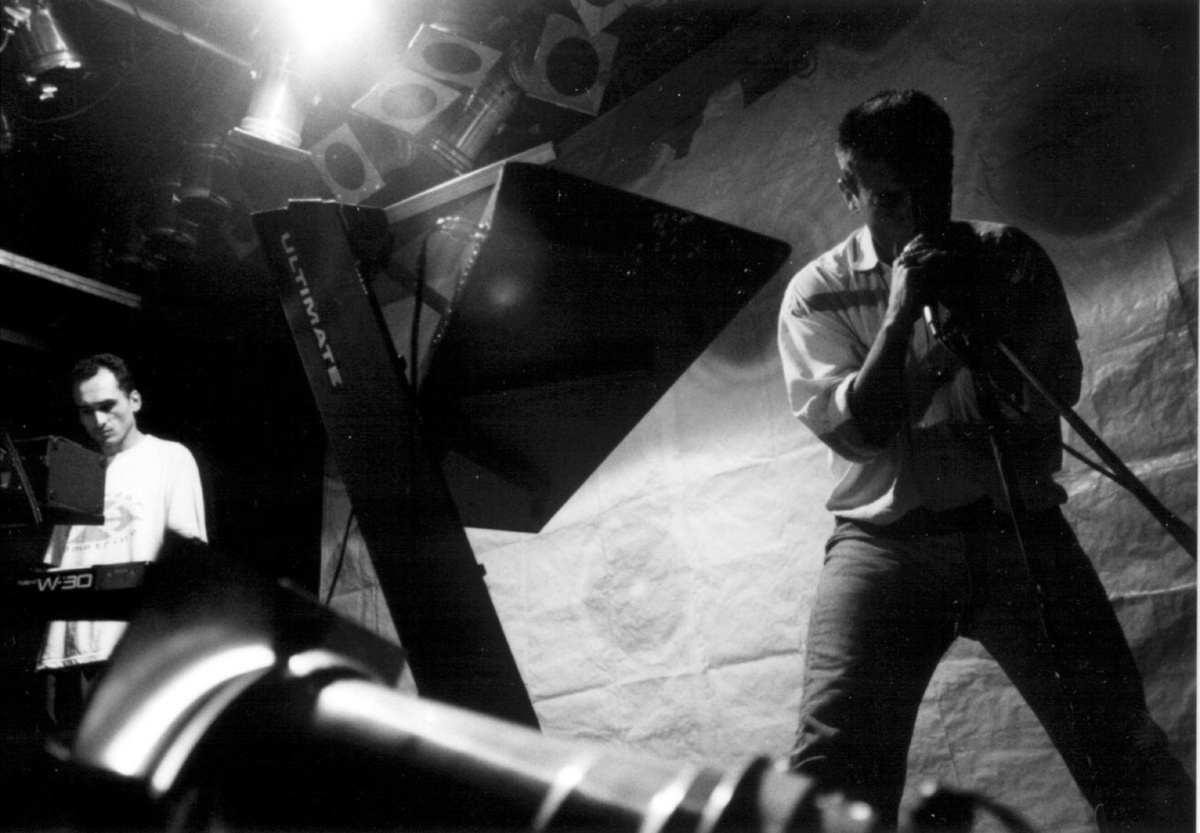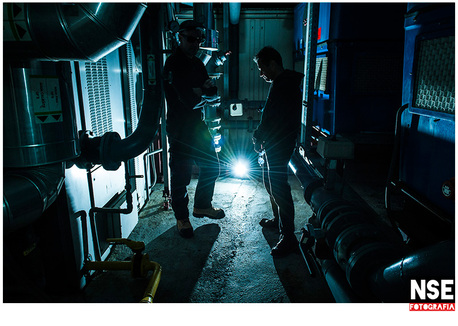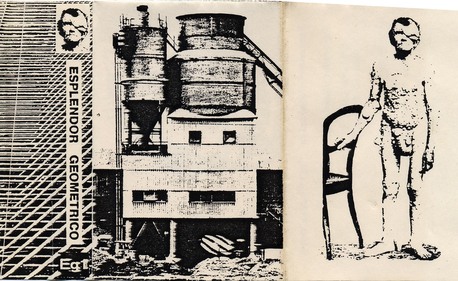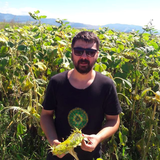Written by:
Share article:
Sipping the unknown
*from the Founding and Manifesto of Futurism by the Italian poet Filippo Tommaso Marinetti, considered the founder of the Futurist movement.
It is 9 PM, on a cold Friday night in Berlin, and I’m trying to find a place where to sneak my empty bottle of beer. I’m wandering through the streets of this enigmatic city, near the Ostbanhof area. My hands got cold and I have this constant feeling of being already very late for the meeting with the Spanish electronic legends from Esplendor Geométrico.
My buddy Georgescu texts me: ‘Where are you? I am here already’; I feel hooked on my own despair. Since it is already very late, I start running chaotically on the streets, finding the hotel where we are suppose to meet. Streets seem mixed up, they tangle like in a puzzle game and nobody seems to know where the street that i’m looking for is. Living on the run. Unprivileged sweat. Sipping the unknown. High intensity. Sweet misery that offends the eye. Hope? What hope? There is no hope. Give up hope. The only actual hope is now.
I encounter these feelings again, a few hours later, in Berghain, (for the CTM festival), while Arturo Lanz shouts frantically on the microphone (and actually eats it up at certain moments during the show) and his band mate Saverio Evangelista controls the feverish ravers from the dance floor, using high but portioned doses of atrocious industrial and electronic music. Absolutely astonishing. So intense that at certain points everything becomes uncontrollable. We all dance uncontrollably. If this is hell, I sure want to be here.
Rewind. 9.30 PM. I make it to the hotel in time (with the help of a taxi driver) and we meet Arturo and Saverio in the lobby of this very cozy hotel, where a charming Romanian receptionist plays solitaire at her desk. Soothing jazz music silently flows on the background, a perfect ambiance for our roundtable conversation.
In 2015, Esplendor Geométrico celebrates 35 years of activity. Since their debut, the band’s sound has mutated with its membership over the years. Arturo Lanz, Gabriel Riaza and Juan Carlos Sastre formed Esplendor Geométrico in Madrid in 1980, after parting ways with their previous project, El Aviador Dro Y Sus Obreros Especializados.
The first concert took place in a record shop in Madrid, back in 1981. A decade later, Saverio Evangelista teamed up with the only remaining member of the band, Arturo. While the group's remaining members have since then dispersed to cities as far flung as Beijing and Rome, they have continued to release records and perform sporadically.




